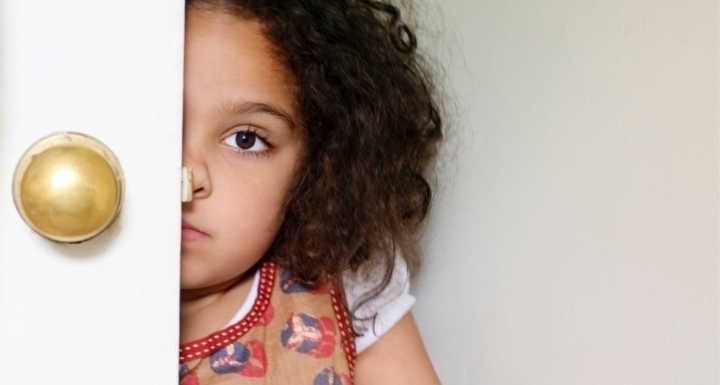Contact Us
Q: How do I handle a child who’s scared of everything or who experiences high anxiety in everyday life? I don’t want to make him feel ashamed of being scared or to validate his fears.
A: Good question. First, let’s look at your child in particular. If what you say is accurate and he’s literally afraid of “everything” and has “high anxiety in his everyday life,” I would recommend getting some individual attention from an experienced child psychologist or psychiatrist to identify why he’s so fearful and to help him overcome those fears.
Next, let’s look more generally at anxiety and fears that don’t require treatment. Fear and anxiety can be a normal part of taking the next step for kids, as well as adults, in whatever the next step means for their own comfort zone. For some individuals, fear comes with every small change or next step. For others, fear happens when something is altogether foreign or their next step feels more like a leap. Fear means that our brains are registering something as danger, and a physical response such as anxiety or fear or wanting to fight or run away are all normal reactions.
However, all parents need to be aware of not allowing their child’s avoidance of normal activities to become the pattern. Here’s why: A child feels afraid, avoids the activity and because of avoidance, the child feels relieved. Therefore, a pattern gets established in the brain to respond to fear with avoidance.
Instead of allowing our kids to not do anything they’re afraid of, we must help them take the baby steps to get there. There are a few important aspects to this endeavor:
1. Validate the fear as an emotion.
(This is different than validating that the specific fear is rational.) Say, “I understand, you feel very afraid. That’s OK. I understand. Scared is OK.”
2. Normalize the fear.
“Everyone feels scared sometimes. No big deal. Fear is normal.”
3. Take a step.
“Even if you feel scared, I want you to get in the haircut chair, and I will hold your hand.Let’s ask God to help you do it even if you feel afraid.”
Just keep getting him to take a step and then reward the steps when he does. In general,this will work if you are kind and do not allow your child to avoid something.
Once, my youngest daughter got locked in an airplane bathroom and developed a fear of going into a strange bathroom alone, which made taking her out to dinner a nightmare. So when she resisted at a restaurant, I told her she could go to the bathroom by herself, or I would take her home to use the bathroom there and she would miss the outing. It was her choice: Go to the bathroom or go home. She cried intensely, and I said, “OK, if you don’t want to go into the bathroom, I will take you home.” She cried even harder, and then as I was taking her out the door, she angrily said, “OK!! I will try it!”
Helping a child face his fear, rather than flee it, is a valuable life skill.
And many times, that’s exactly what kids need: To not be allowed to avoid something because of fear. Unless there’s something very serious going on, kids need to face their fears and get over them.
My daughter says learning to accept her fear and do something anyway has been one of her biggest accomplishments, and she uses that strategy whenever she feels afraid. “It helps you get to do new things,” she now says.
Remember, fear is normal, but we have to teach children to not allow fear to limit their lives. That takes a little acceptance, a little coaching and a little prodding. Then kids learn to embrace life and to not fear it.
